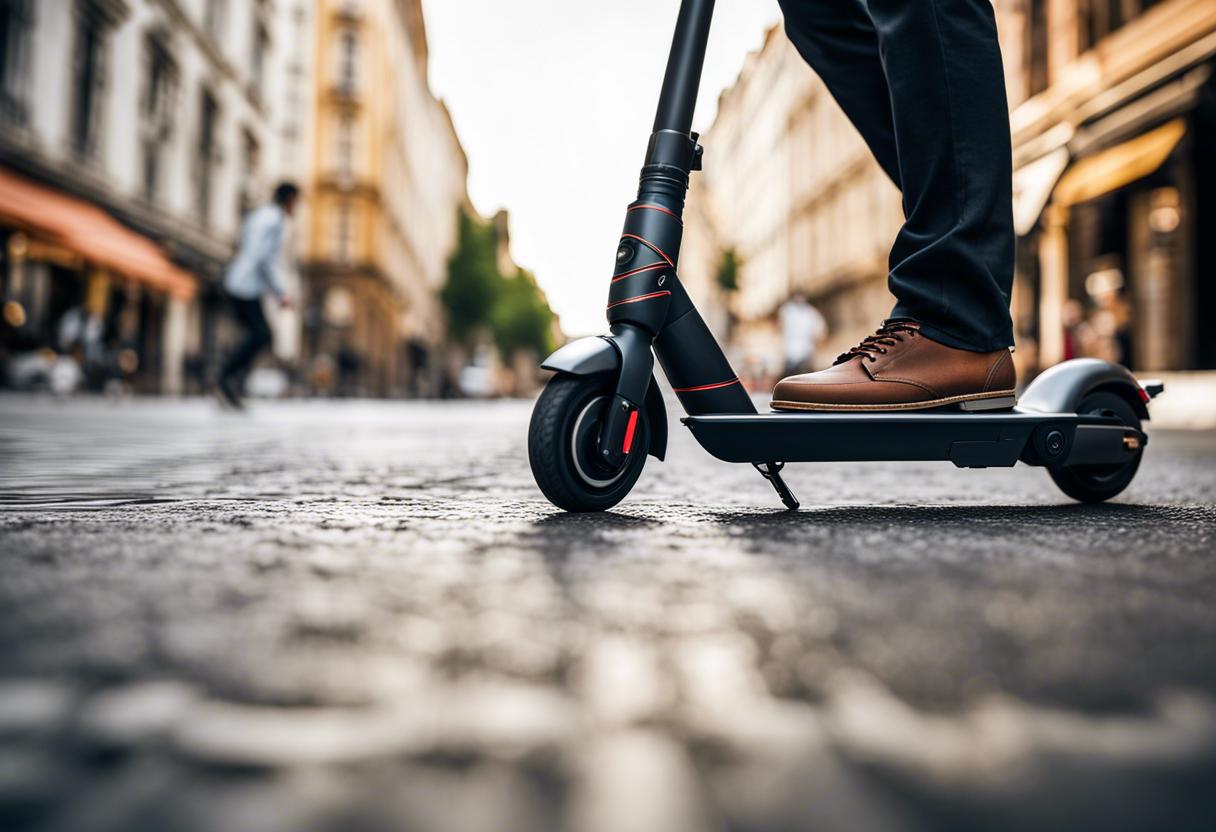Beginning Monday, new rules regulating e-scooters will be coming into effect, thereby permitting adults to operate them on roads legally for the first time. The implications of these regulations will vary, depending on the type of electric vehicle you possess and your age. On the whole, they aim to offer enhanced definition of the law for the users. Also, they suggest a potential rise in instances of being stopped by a Garda officer, in case of a legal infringement. Until now, e-scooters were not allowed on roads, but this rule was often overlooked.
An initiative to share public information is set to commence on Monday, the same day as these rules come into action. This will potentially bring improved understanding of the legal conditions surrounding these vehicles.
The conditions to ride an e-scooter include being at least 16 years old, and the e-scooter must meet specific criteria to be made roadworthy. These requirements apply that the scooter is fit for single person use only, it mustn’t have a seat, and it must not exceed a continuous power of 400W. A maximum weight of 25kg (including batteries), and a maximum speed limit of 20km/h are also part of these specifications. The scooters need to be fitted with front and rear lights, brakes, a bell, and bear a manufacturer’s label displaying the vehicle’s power output, weight, and design speed. Also, the wheels must be at least 200mm in diameter. Further, the Department of Transport has clarified that the users must follow all road laws and refrain from using pavements. Only single riders are permitted, and they can avail cycle lanes.
For e-bikes, a maximum power of 250W is necessary. The motor must be designed to turn off once the rider ceases to pedal, and the bikes are not permitted exceed a speed of 25km/h. They are also allowed to use cycle lanes. If an e-bike goes beyond the stated power thresholds, then it will be treated as an e-moped under the regulations.
Concerning e-mopeds, how are they defined?
The description of e-mopeds distinguishes them from e-bikes, as they are more robust power-driven cycles classified as L1e mechanically propelled vehicles by the authorities. They necessitate annual taxation via registration with the Revenue Commissioners. Two subdivisions under a fresh regime exist.
The first subgroup, L1e-A, is defined with specific conditions. It should have the highest continuous power of 1,000W, and once pedalling ceases, the engine should disengage. It should also have a motor whose output gradually reduces and ultimately stops at certain speeds. These specific e-mopeds don’t need to be insured or need a driving permit. However, they are permitted to utilise cycle lanes, with users mandated to put on motorcycle helmets.
The second category, L1e-B, is subject to different conditions. Here, the highest power should be 4,000W with a top speed of 45km/h. Similar to L1e-A, the motor must cut off once pedalling halts and gradually reduce output and eventually stopping at set speeds. The e-moped in this sub-group that doesn’t need pedalling is referred to as a throttle e-moped and must be insured.
Interestingly, the L1e-B e-moped versions requiring pedalling don’t need insurance. All users of L1e-B e-mopeds, however, will need a specific driving licence, the category AM driving licence (for scooters). It’s also a requirement for such users to avoid cycle or bus lanes and to wear a motorcycle helmet.

